The first wave of coronavirus swept through a world unprepared. Authorities struggled to test for the disease, and didn’t know how to slow the spread of Covid-19.
Lockdowns brought the virus under temporary control in some places, including the UK, buying a window for the revival of education and the economy, and time to prepare for future waves that epidemiologists said were almost inevitable.
Each country has used that time differently, but at the heart of every effective system to halt the spread of the disease is an efficient test and trace system. Authorities need to be able to see where and how the disease is spreading, if they are to have any hope of containing it.
What has the second wave of coronavirus looked like in countries around the world, and how have authorities handled it?
Minimal second waves
China and New Zealand have both had small outbreaks of the disease after declaring it eliminated. Strict travel bans mean their citizens now live in near total isolation from the rest of the world, and rigorous quarantine rules have kept imported cases of the disease from sparking new locally transmitted outbreaks.
The few outbreaks of community transmission have been a reminder of how difficult it is to stamp out Covid-19 entirely – neither China nor New Zealand has been able to pinpoint the original source of the infections. However, rapidly deployed test and trace systems have enabled them to bring the outbreaks under control.
Struggling after early success
Central and eastern European countries produced one of the unexpected success stories at the start of the pandemic. Despite weaker health and welfare systems, the Czech Republic and Hungary were among countries in the region with infections and deaths far lower than in western Europe.
But cases are now rising fast; early success means the public may be more resistant to anti-virus controls, and these countries have populist leaders who are particularly vulnerable to shifts in public opinion.
The Czech prime minister, Andrej Babiš, admitted the government had relaxed public health measures, including making masks obligatory indoors, due to “high societal demand”.
Well prepared for a second wave
Germany and South Korea were among the fastest to get their testing and tracing systems operating on a large scale, allowing them to identify where and how the disease was spreading. Germany tested everyone returning from holidays over the summer, minimising imported infections. And while cases are rising again – and a top virologist warned last week that this “winter won’t be an easy one” – so far the increase has been slight.
South Korea was among the first countries in the world to announce it had formally entered a second wave of infections, but it also appears to have brought cases under control. The daily rate of increase is now slowing.
Partial lockdowns to battle a difficult second wave
Both Spain and Australia claimed early success against the virus, although they took very different approaches. Canberra decided to effectively seal the country off from the rest of the world, while Spain courted summer visitors to salvage some of the vital tourism season.
Both have seen regional spikes, and have responded with targeted lockdowns, which depend, however, on a test and trace capacity that lets authorities see where and how the virus is spreading.
The region around the Spanish capital is bracing for a return of controls, although the government is trying to avoid calling them lockdowns. Restrictions will apply to areas with more than 1,000 cases per 100,00 people. They will affect nearly a million people and will effectively limit movement to work, medical and educational reasons.
Targeted regional lockdowns depend, however, on a track and trace capacity that lets authorities see where and how the virus is spreading.
Places spared a second wave (so far)
South Africa went into one of the world’s strictest lockdowns, then emerged braced for a peak in cases and deaths that never came. Scientists are trying to understand how a country where poverty makes social distancing an impossibility for many escaped the worst ravages of the virus.
One theory is that a relatively young population may have been resilient. Another is that people living in crowded conditions, widely exposed to other diseases including the coronaviruses that cause the common cold, had stronger immune systems before the pandemic began.
Several places, including the Brazilian Amazon city of Manaus, have seen the disease rip through a relatively unprotected population, but have since seen cases ebb, even though infection rates did not hit levels normally needed to create herd immunity. They are hoping to be spared a second wave.








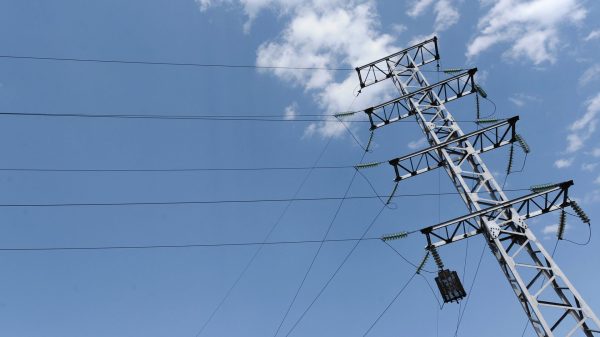

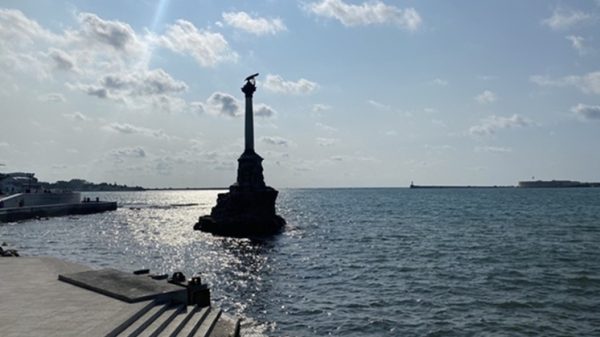
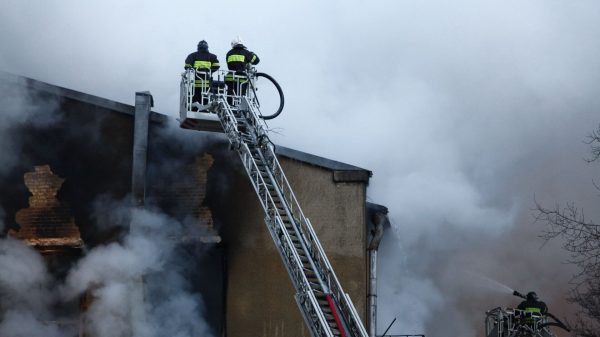
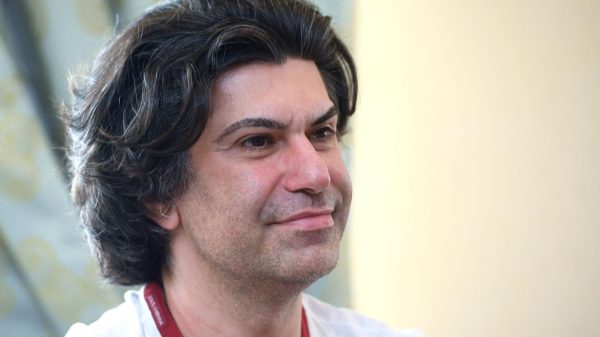






































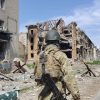


Свежие комментарии